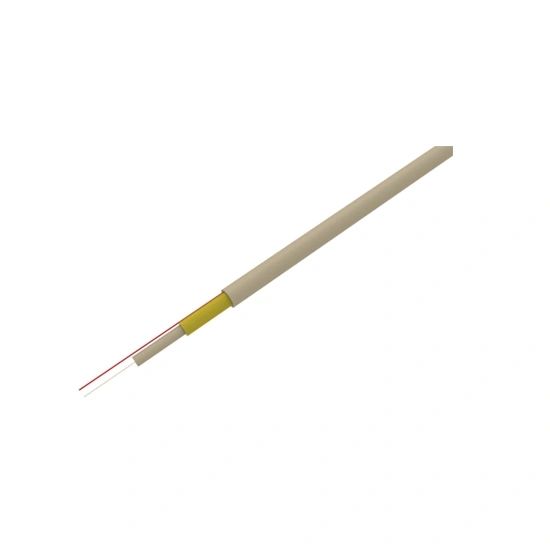Ensuring Efficient and Reliable Transmission

Indoor optical cables play a crucial role in transmitting data and information within buildings. To ensure efficient and reliable transmission, it is essential to adhere to specific specifications for crossing intervals and conduits. This article presents a comprehensive guide on the guidelines to be followed, addressing the various aspects related to the installation and maintenance of indoor optical cables.
1. Crossing Intervals for Indoor Optical Cables
When planning the installation of indoor optical cables, careful consideration must be given to crossing intervals. Crossing intervals refer to the minimum distance required between two parallel indoor optical cables to prevent interference. It is essential to maintain a sufficient distance to minimize signal losses and crosstalk.
2. Conduits for Indoor Optical Cables
Conduits are protective channels that house indoor optical cables. Proper selection and installation of conduits are crucial to ensure the longevity and performance of the optical cables.
2.1 Conduit Material: High-quality non-metallic conduits are commonly used for indoor optical cables. These conduits offer excellent protection against moisture, heat, and electromagnetic interference.
2.2 Conduit Diameter: The conduit diameter should be suitable for the specific indoor optical cable used. It is important to choose a conduit with adequate space to accommodate the cables without causing excessive bending or stress.
2.3 Conduit Routing: Well-planned conduit routing is essential to minimize the length of the cable runs and prevent excessive bends. Care should be taken to avoid sharp turns or tight bends that can lead to signal loss or cable damage.
3. Cable Management for Indoor Optical Cables
Efficient cable management is crucial for maintaining a tidy and organized infrastructure with optimum performance.
3.1 Rack Mounting: Proper rack mounting of indoor optical cables enables easy access and facilitates efficient cable routing and organization.
3.2 Cable Labeling: Each indoor optical cable should be clearly labeled with relevant information, such as cable type, length, and destination, to simplify troubleshooting and maintenance.
3.3 Cable Slack Management: Sufficient slack should be provided for easy maintenance and future expansion. Excessive slack should be avoided, as it can lead to cable entanglement and impair the signal integrity.
To ensure the smooth functioning of indoor optical cables, it is crucial to adhere to the specified guidelines for crossing intervals, conduit selection, and cable management. By following these specifications diligently, a robust and reliable optical network can be established, facilitating seamless data transmission within buildings.
Conclusion
In conclusion, precise specifications for crossing intervals, conduits, and cable management are vital for indoor optical cable installation. Adhering to these guidelines ensures optimal performance, minimizes signal loss, and enhances the longevity of the optical network. By maintaining a well-organized infrastructure, buildings can facilitate efficient data transmission and communication.



